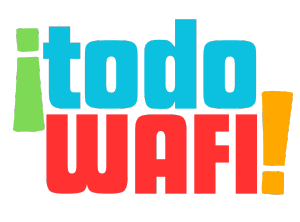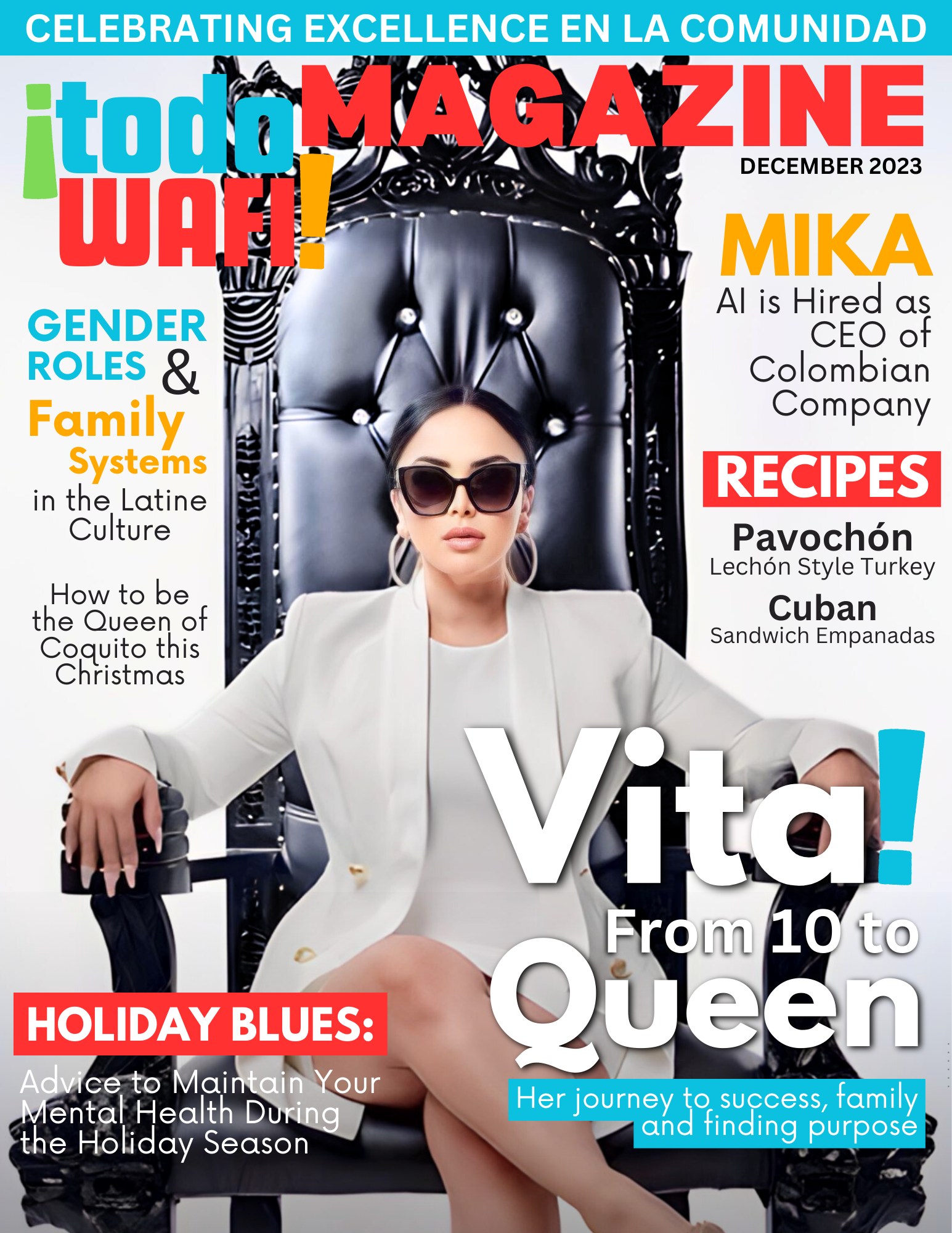Streets lined with marigolds. Colorful papers strung along together dancing in the wind. The aroma of pastries and other sweets being freshly made. Decorative skeleton motifs. Parades marching down the local streets. Glowing candles lighting the night. These are the scenes of Dia de los Muertos.
This holiday is very different from what is depicted on the big screen. Successful films like Disney’s Coco and the 20th Century Fox’s Book of Life have given stage to the long practiced traditions of remembering your loved ones, but there is more than what the animated tales show.
Dia de los Muertos or Day of the Dead is a holiday that dates back almost 3,000 years to the time of the Aztecs long before Spain set foot on the shorelines of Central America.
Although the holiday is commonly associated with the Mexican tradition there are other countries that celebrate similar traditions of honoring their past relatives as well. Examples include Ecuador’s “Dia de los Difuntos” and El Salvador’s “La Calabiuza”.
Originally, the ancestral event was celebrated to honor the Aztec Goddess of Death called Mictecacihuatl otherwise referred to as their “Lady of Death”. The cultural practice looks far different from then as it does now but strong Aztec influences still remain like that of song, dance, and offerings to those that had passed on.
During the time of Spanish Imperialism over Mexico came the push for assimilation of the native population to that of Spanish societal standards. The Native population was seen as savage and in need of holy saving, although they had existed long before European contact with their own forms of religious practices and belief systems. Both of which were suppressed by Missionaries coming from Spain to convert them to Catholicism.
The Catholic push did more than simply try to change the faith of the locals but rather lead to the unconsidered blending of two worlds into a completely new one. This blending led to what we now understand as the Day of the Dead Celebration having been the mix of Aztec, Pagan, Christianity practices.
This year’s celebration takes place on November 1st and 2nd. It is believed that during this sacred time the souls of family members that have passed on return to the land of the living.
The components of the event are broken down into four parts. There is an altar called an “Ofrenda” that serves as the central part of the celebration. It is decorated with photos, items their loved ones would have enjoyed. It also includes the four elements present on the altar that being earth, wind, fire, and water.
Another part of the event is that of cempasúchil. These flowers, known in English as marigolds, are a significant part of the decorations. The petals are scattered over the ofrendas and on the floor to create a path. It is said that the bright orange color of the petals and strong scent of them is what helps guide the souls to the home of their loved ones and visit them.
Skeletons motifs are found all around the event but not in the same claim to fame as their spooky Halloween counterparts. Rather in this tradition death is not something that is to be feared. It is seen as beauty. Something to behold and honor the life someone lives and memories others share with them. They come in many forms, some are decorated in bright colors with designs and some are treats made in the form of them.
Bringing to another key element is that of the food. No tradition is complete without it. During the festivities there are two foods that are highlighted during the event. The first is a sugary treat called Calaveras, which are little skulls made with sugar. Modern day making of them uses molds to create the uniform skull shape and can be later decorated with colorful icing. This food is more meant to be a decoration than to be actually eaten.
The second food item is the Pan de Muertos, “Bread of the Dead” in english. This bread, unlike the sugar skulls, is meant to be eaten by family members during the holiday. Although the bread looks to be like a normal loaf to the unknowing eye it holds a much deeper cultural connection.
The symbols on the top of the bread are done with purpose and meaning and are not solely decorative in nature. According to the Mexican Food Journal “Each type of pan de muerto is filled with symbolism. For the classic hojaldra, its round shape symbolizes the circle of life and death. The ball on top represents the skull of the deceased. And the pieces that lay across the bread in the shape of a cross signify their bones and tears.”
It is in the continued cultural traditions like these that allow for the deep connection to those that came before. Redefine the definition of death from being a final ending to the start of a beautiful new stage of remembrance and honor.

























